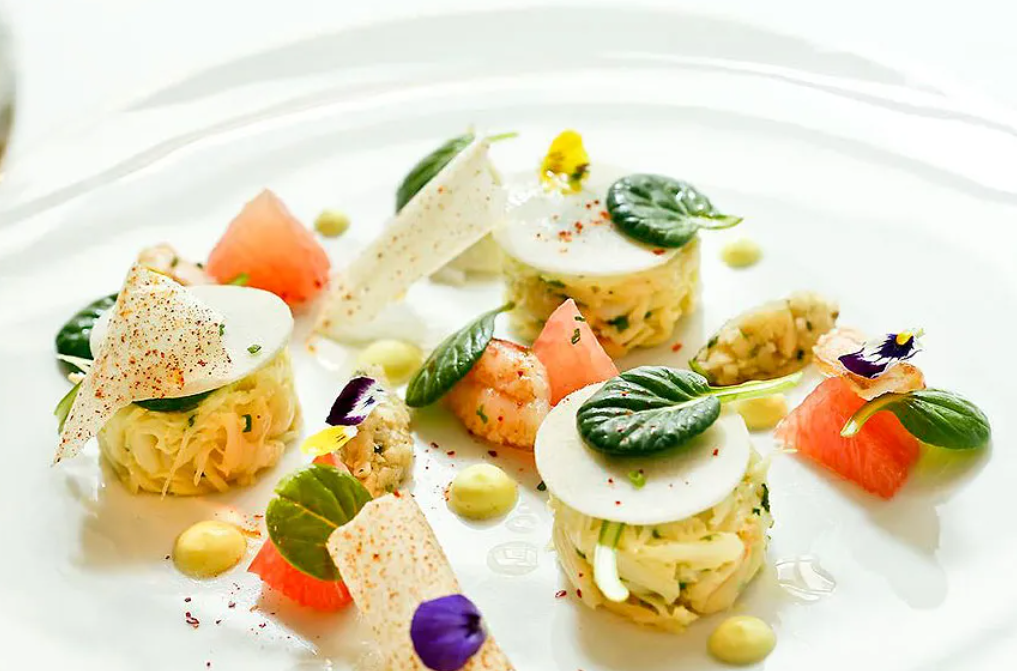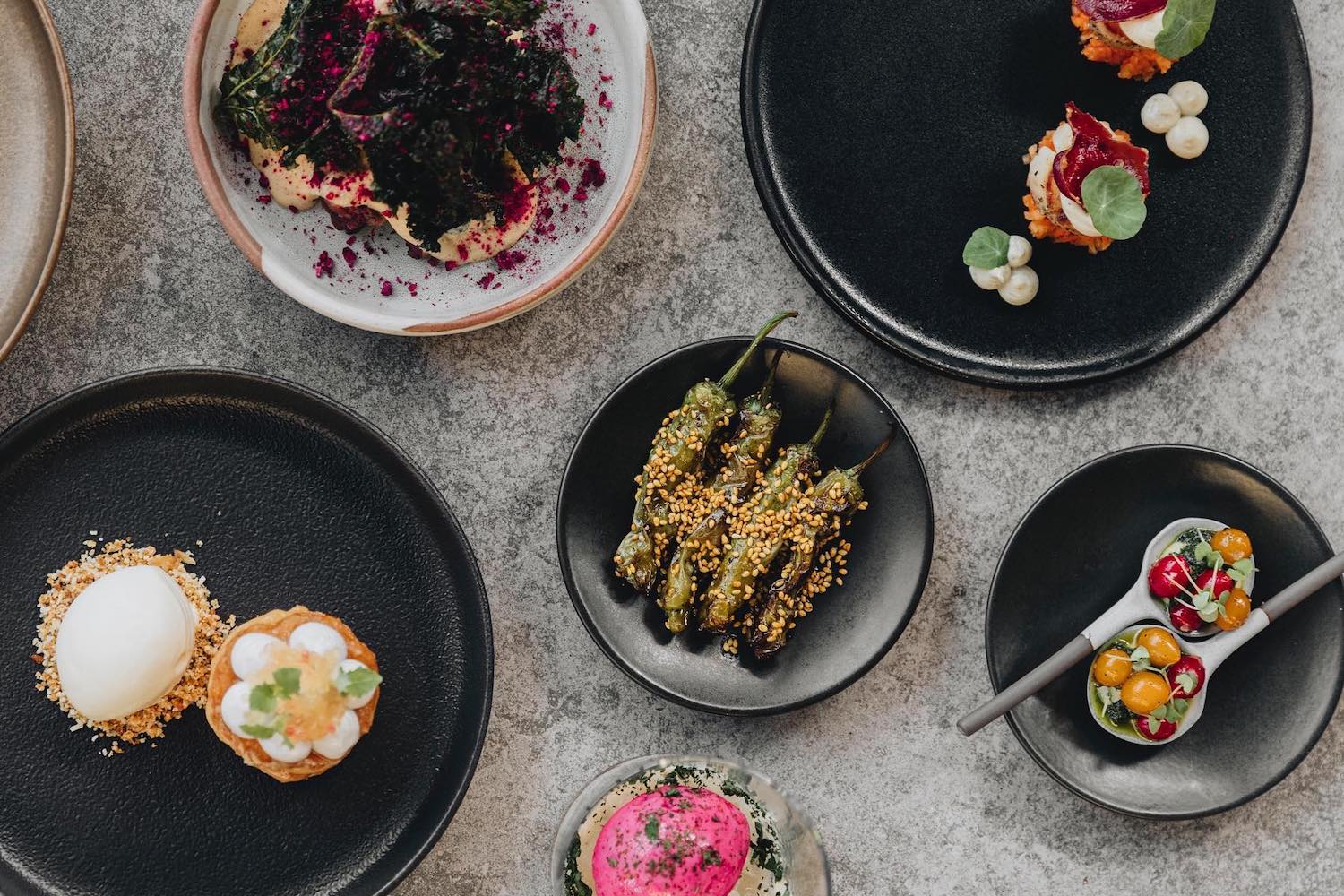When done correctly, putting together a degustation (or tasting) menu allows your inner chef to shine, and they’re a great way to blow your guests away with the best of your cookery skills! But tasting menus can be intimidating to plan and they require a lot of work to perfect…
Whether you’re a world famous chef running your own 3-hatted restaurant, or you’re a self-proclaimed MasterChef, developing one of these menus is a great way to let your culinary art shine. A tasting menu is a perfect way to put your chef skills to the test and deliver an exceptional experience for your guests.
Once you’ve mastered the art of curating the perfect tasting menu itself, follow the four simple tips below to help you deliver a flawless experience.
Whilst the ideas discussed in this article are for restaurant-owners, it doesn’t mean you can’t deliver a flawless degustation experience for your friends and family at home. You can even hire a private chef and host a memorable night at home, here is a classy example of a service you might want to use.
4 tips for creating the ultimate tasting menu experience

#1 – Let Creativity Flow
Tasting menus are the ultimate way for a chef to express creative freedom and truly bring their skills to light. If you’re running a restaurant, it’s an opportunity for you to think outside the box, introduce new dishes to your menu, and receive critical feedback on how guests respond to any unique dishes you present.
Customers ordering off a tasting menu are paying more and therefore expect a better dining experience. One way to elevate your menu is by introducing dishes with special ingredients that are usually too expensive to use. You can further upgrade your menu by featuring specific seasonal or local ingredients or building it around a theme.
But with a multi-course meal, it’s easy to go overboard, so make sure you strike a balance. Introduce different tastes and textures, but don’t overdo it. Follow up a rich, heavy dish with a light palette cleanser so your guests can thoroughly enjoy each course and leave your restaurant satisfied but not over-stuffed.
#2 – Deliver An Experience
Diners who have chosen to enjoy a tasting menu are generally more adventurous eaters looking for a memorable experience. It’s a bold meal choice to make and your guests have put themselves entirely into your hands.
This makes it even more important to not just serve food but deliver an experience unlike any other. There should be a balance between allowing guests time to savour each course and not making the meal feel endless.
While the individual dishes you serve should work on their own, your menu should also be able to flow well from one course to the other and not leave your guests over-stuffed or confused.
Creating the perfect experience requires a lot of synchronisation between the front and back-of-the-house activities. While this is important for any restaurant, tasting menus require even greater coordination between the wait staff and kitchen to get the timing right and deliver an incredible experience.
Diners opting for a tasting menu are putting a lot of trust into your service, so make sure you put together an evening they’ll be talking about for years to come. From pacing the meal to seating options, lighting, decoration, servers, cutlery, and music — every little detail matters if you want to build something special.
#3 – Comfort Comes First
Menu tasting is generally viewed as a refined, fine-dining experience, and you can make your space more comfortable with a designated ‘soft seating’ spot. Once your customers are done with their meal, spaces with soft seating encourage them to linger and wind down before leaving.
So make good use of your premises by designating a specific spot for a more relaxed, comfortable atmosphere for guests who might prefer a laid-back experience.
Your soft seating area doesn’t have to be fancy or high-maintenance — just a few banquettes or conversational seating, complimentary refreshments, and warm lighting ought to do the trick. Start small, see how your guests respond to this offering, and develop it further as you go along.
#4 – Put Your Servers In The Spotlight
When selling an experience, all different sectors of your restaurant must work together to give your guests an evening they’re likely to remember for a long time. Your serving staff plays an essential role in this regard.
Remember that your serving staff is the face of your business and the group your guests will interact with. They play a crucial role in establishing communication between the chefs and guests, and letting the kitchen know how their food is being received.
So if you want to deliver an exceptional degustation experience, training your staff the right way matters greatly. Teach your servers that their job is not just to bring food to the table and call it a day.
You should focus on training them to elevate their service and consider themselves your guests’ personal guide for the evening. That’s because your waiting staff is responsible for guiding your guests through an unfamiliar culinary experience, so they must be knowledgeable, friendly, patient, and pleasant.
For instance, your servers should be well-versed with the chef’s inspirations or any themes/visions they have for the evening. They should also know the menu like the back of their hand, be ready with any special recommendations and pairings, and know exactly what goes into making each dish.
If you’re a winery, for example, your servers can talk about the sensory characteristics of the wine while topping up your guests’ glasses. They can also educate your guests about the winery’s history, where the ingredients are sourced from, and the local drinking culture of that area.
This not only lets your guests know what they are consuming but also introduces them to the intricacies of each dish and helps you deliver a flawless degustation experience.


No Comments